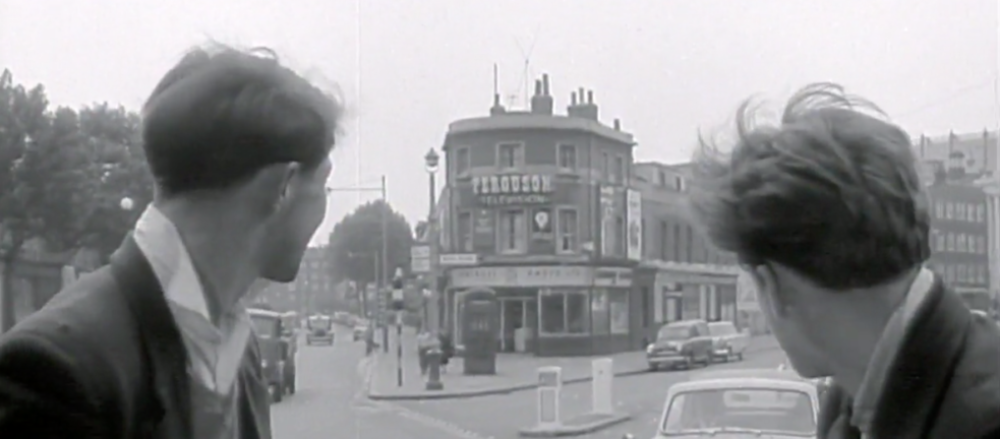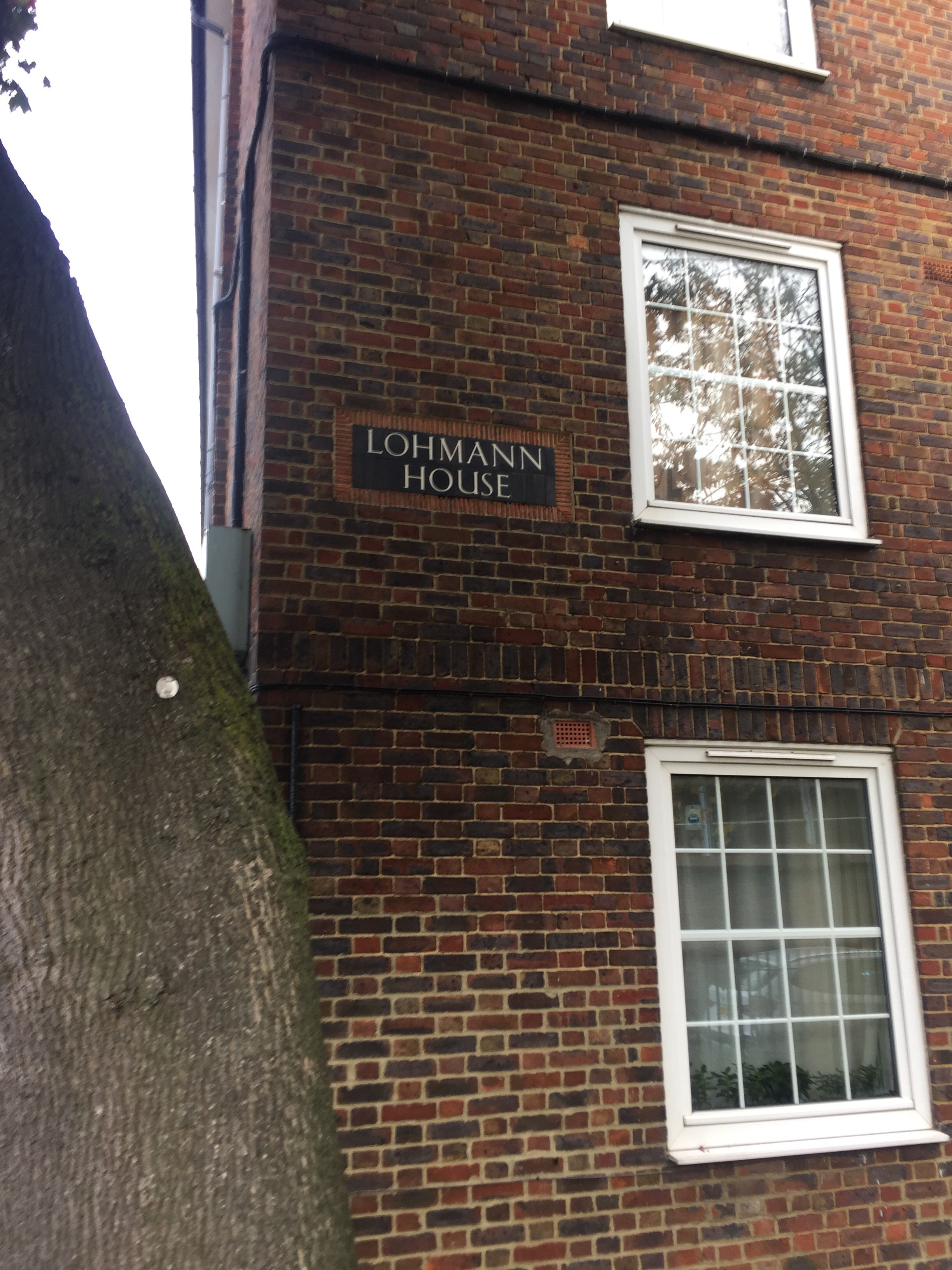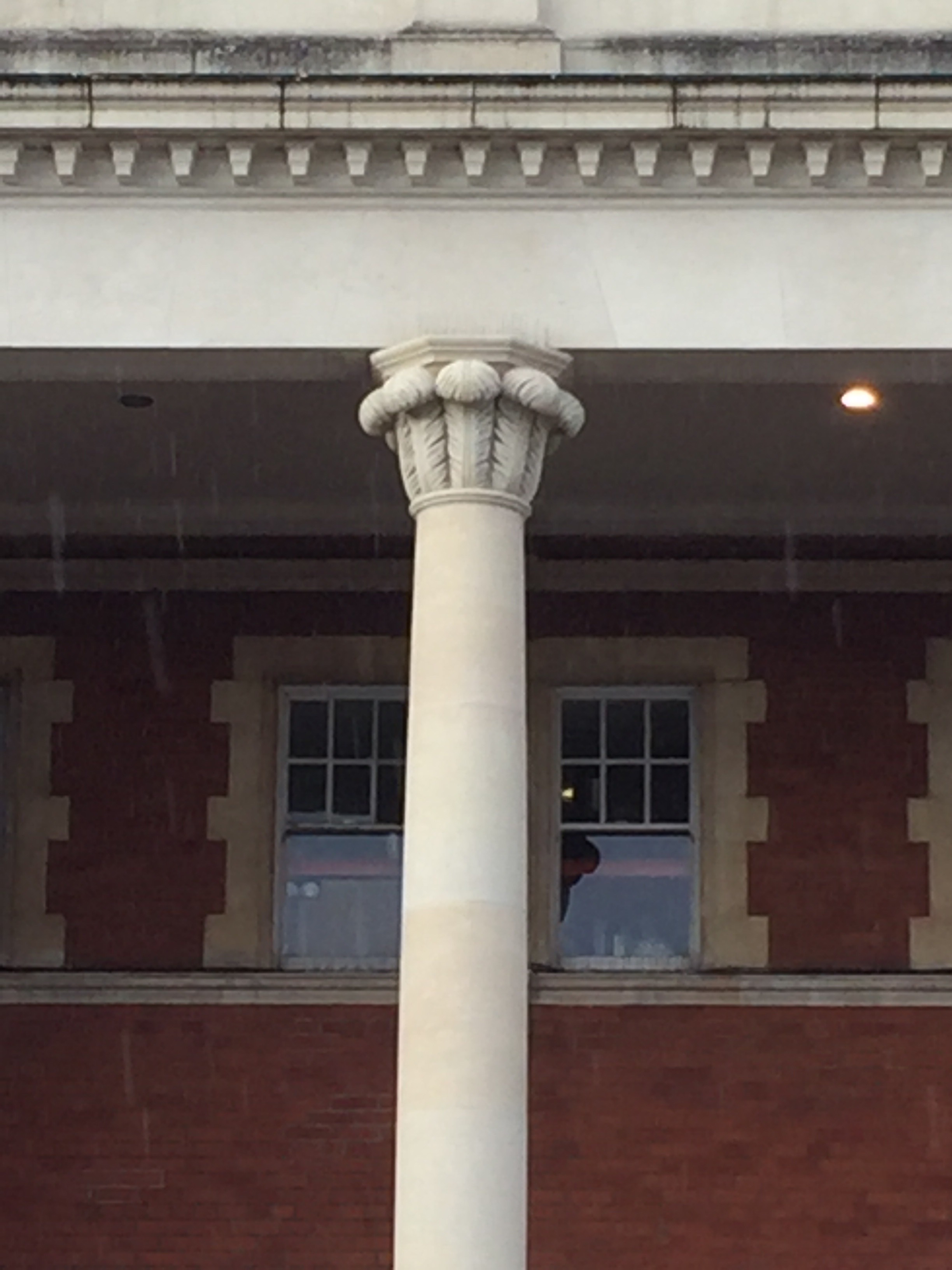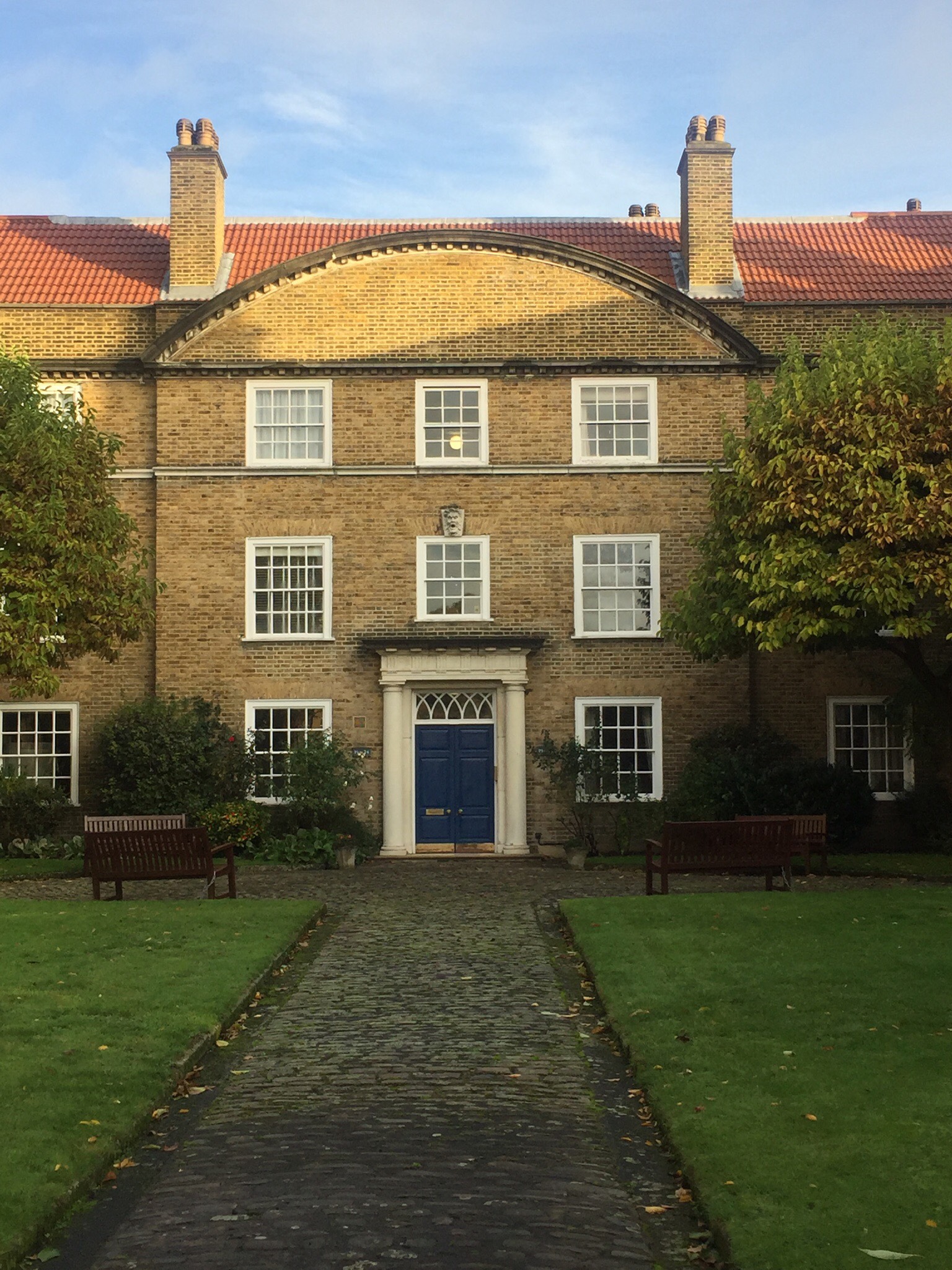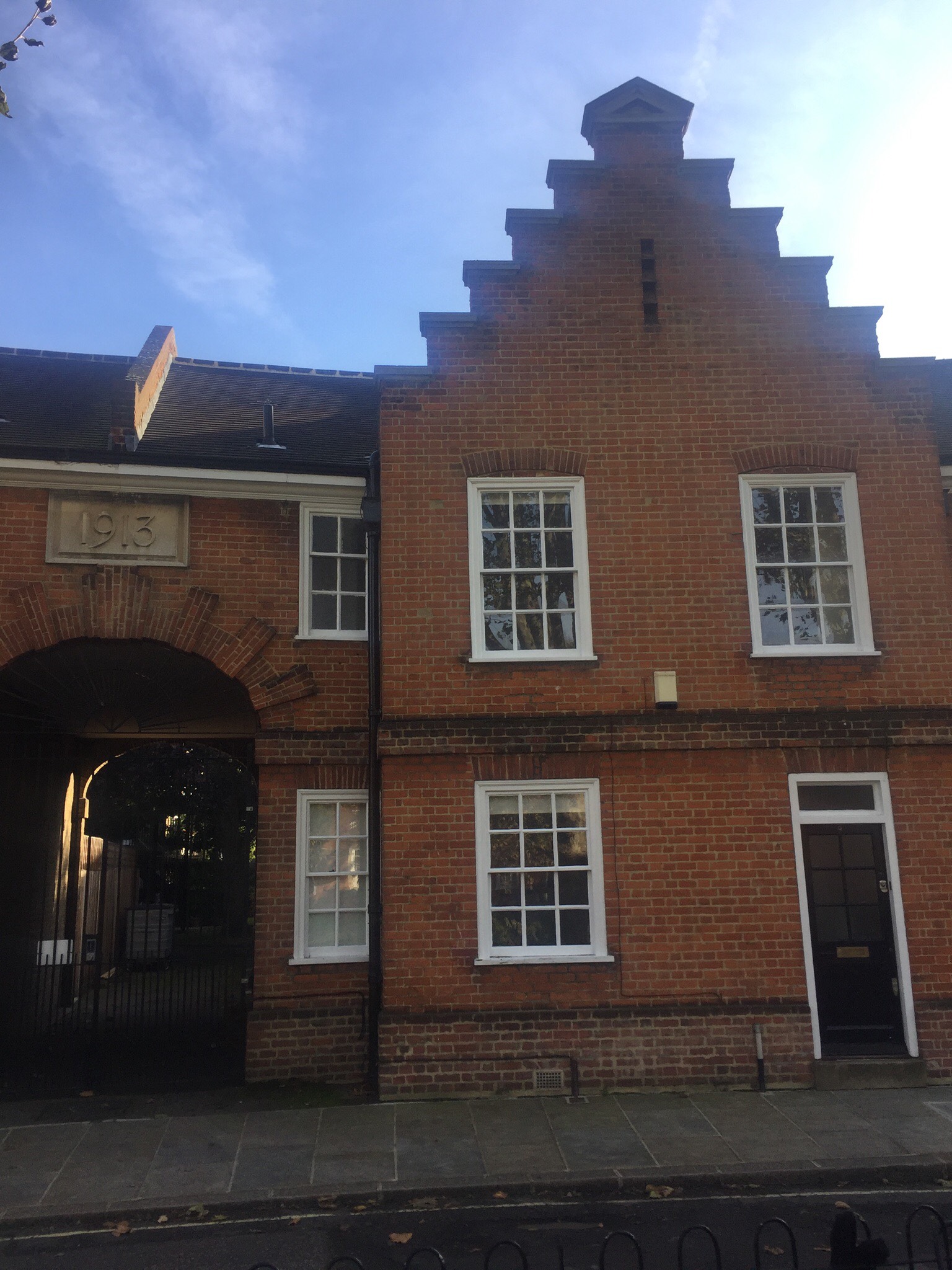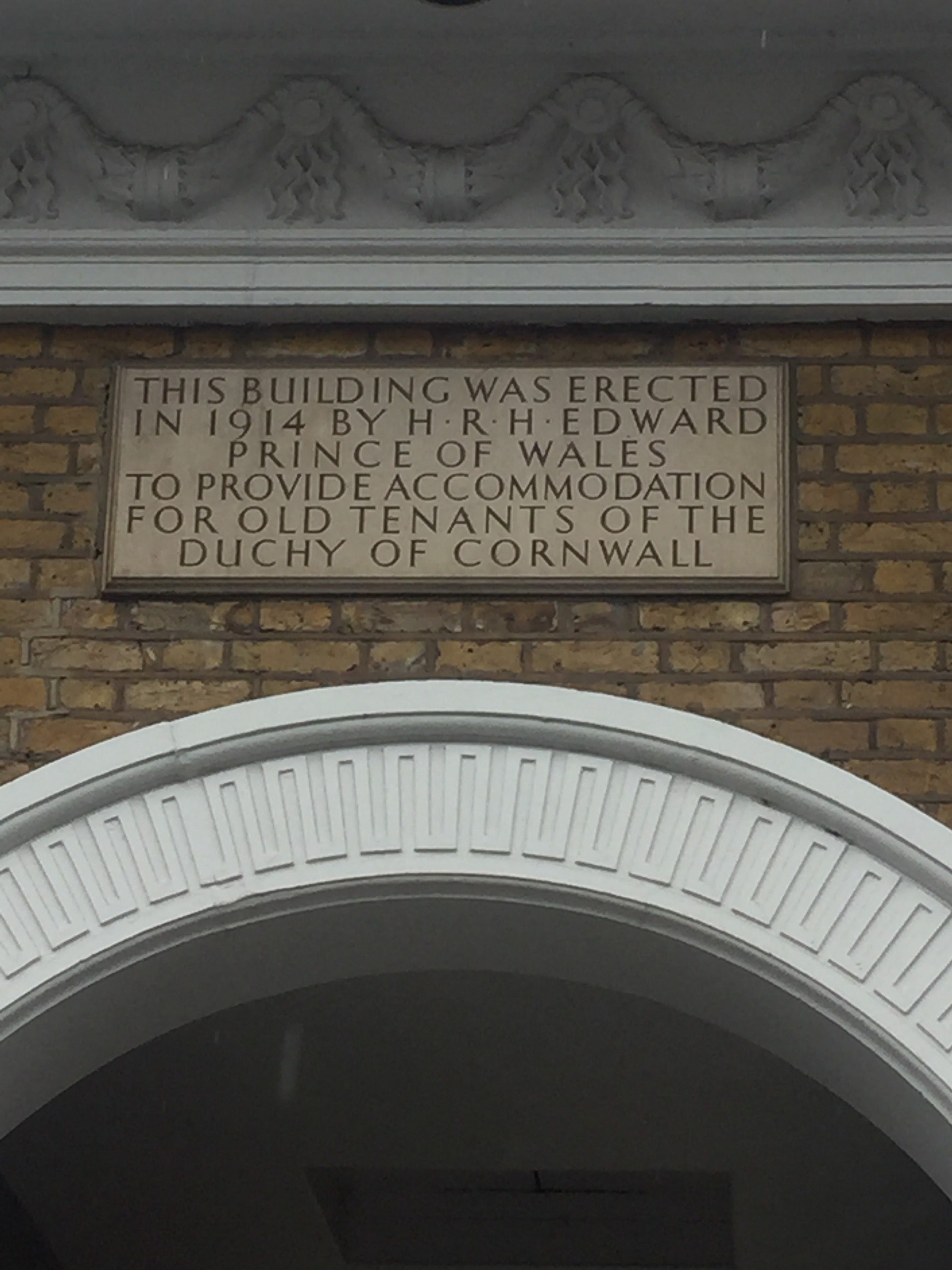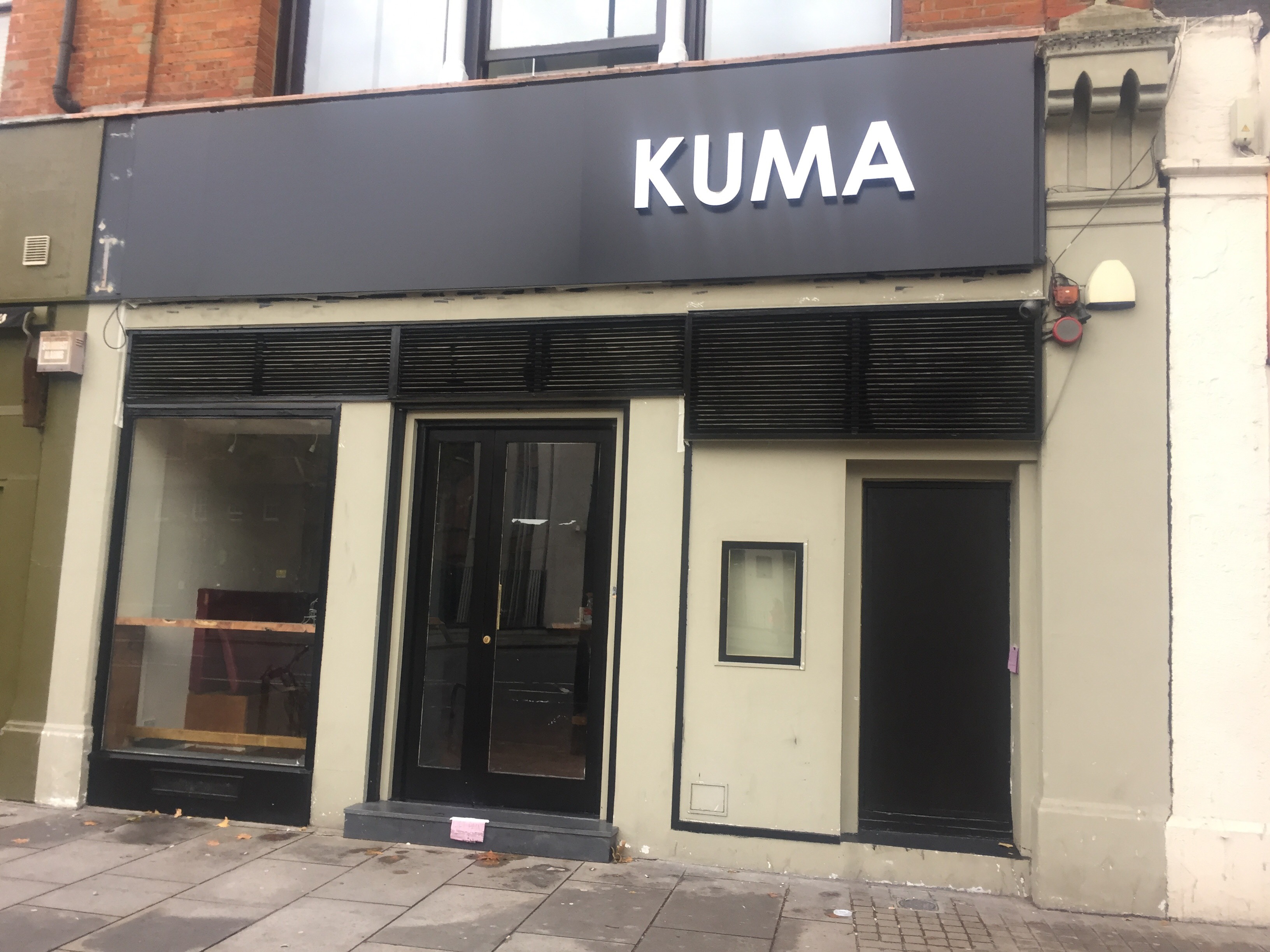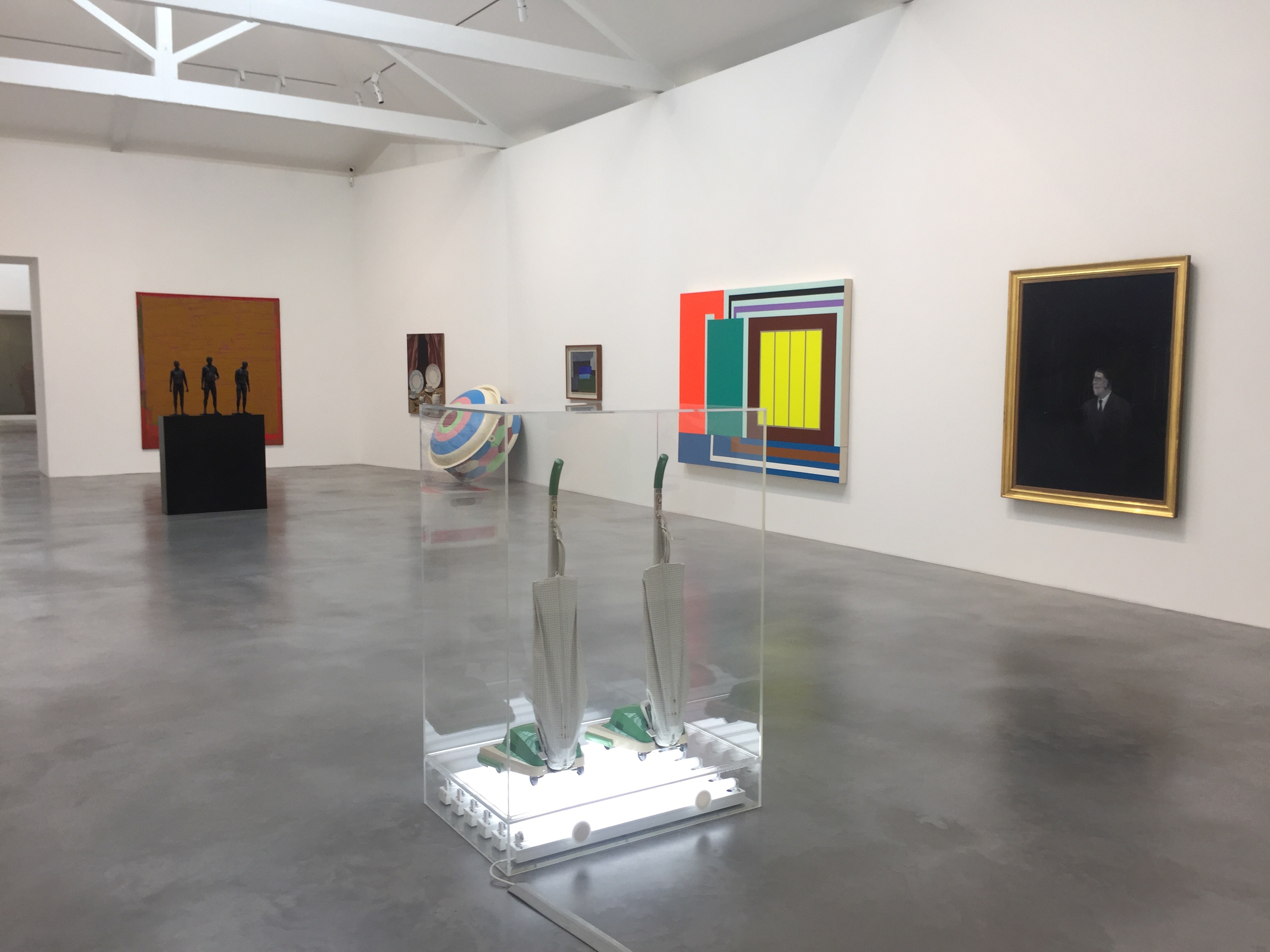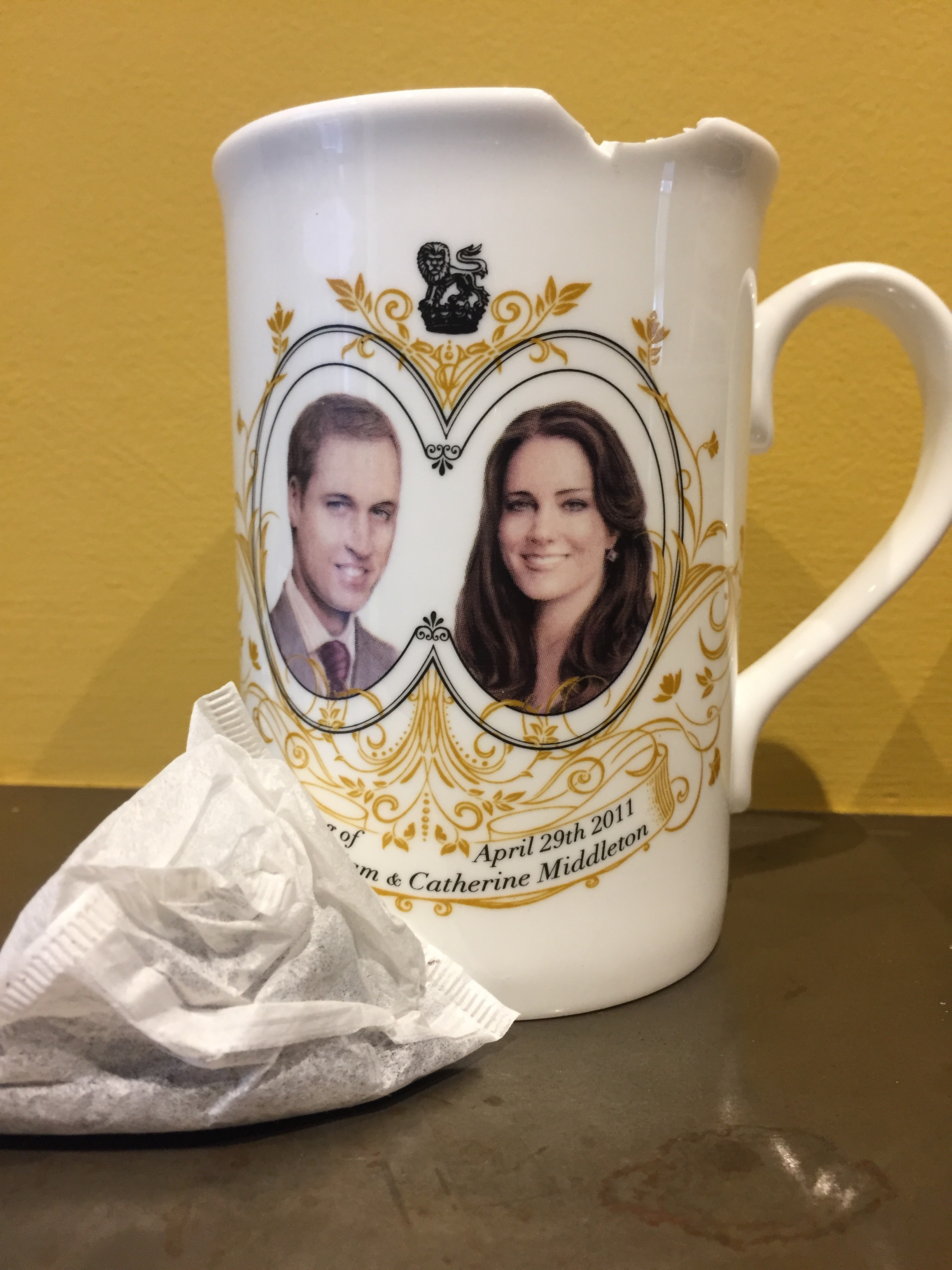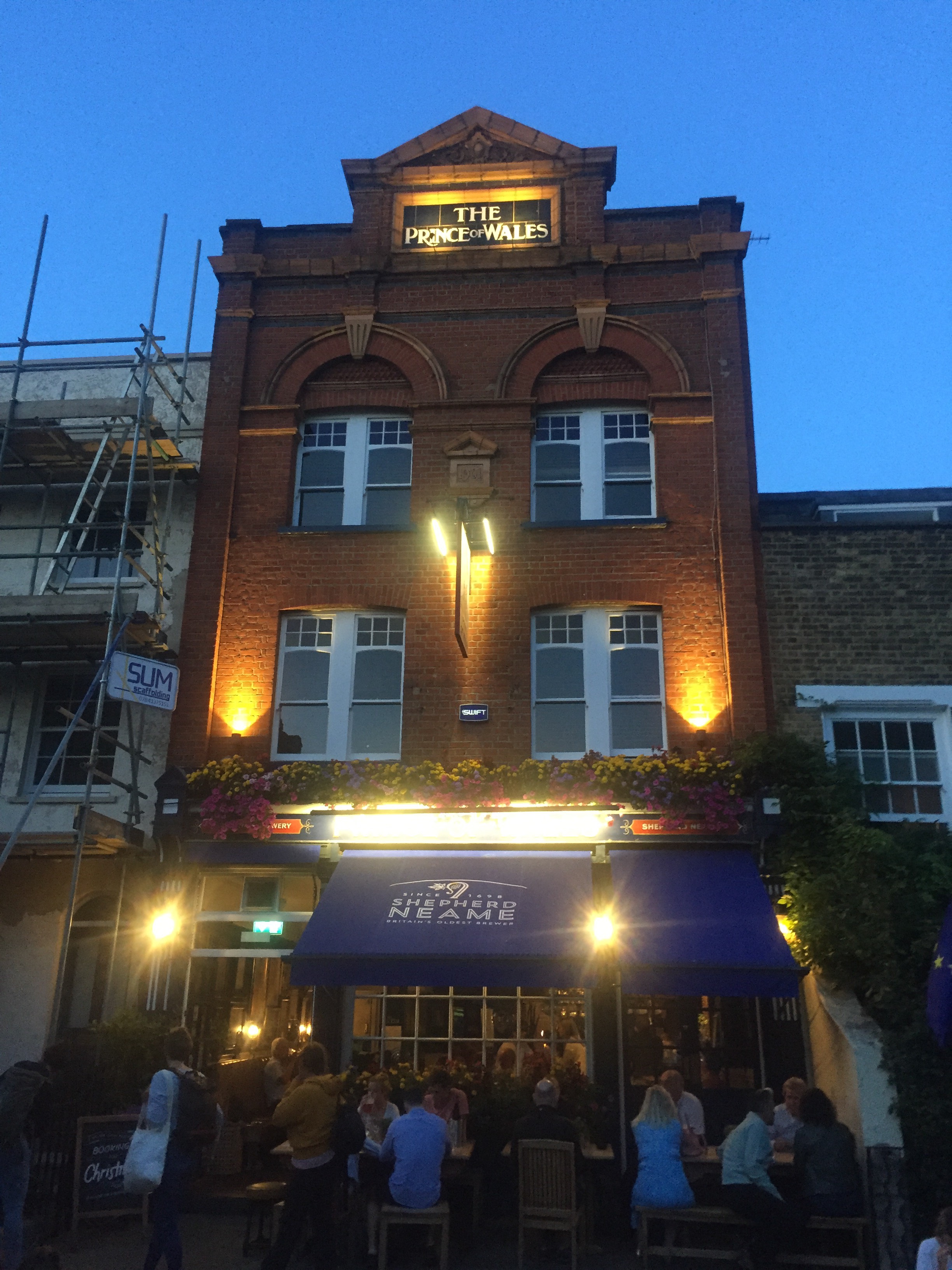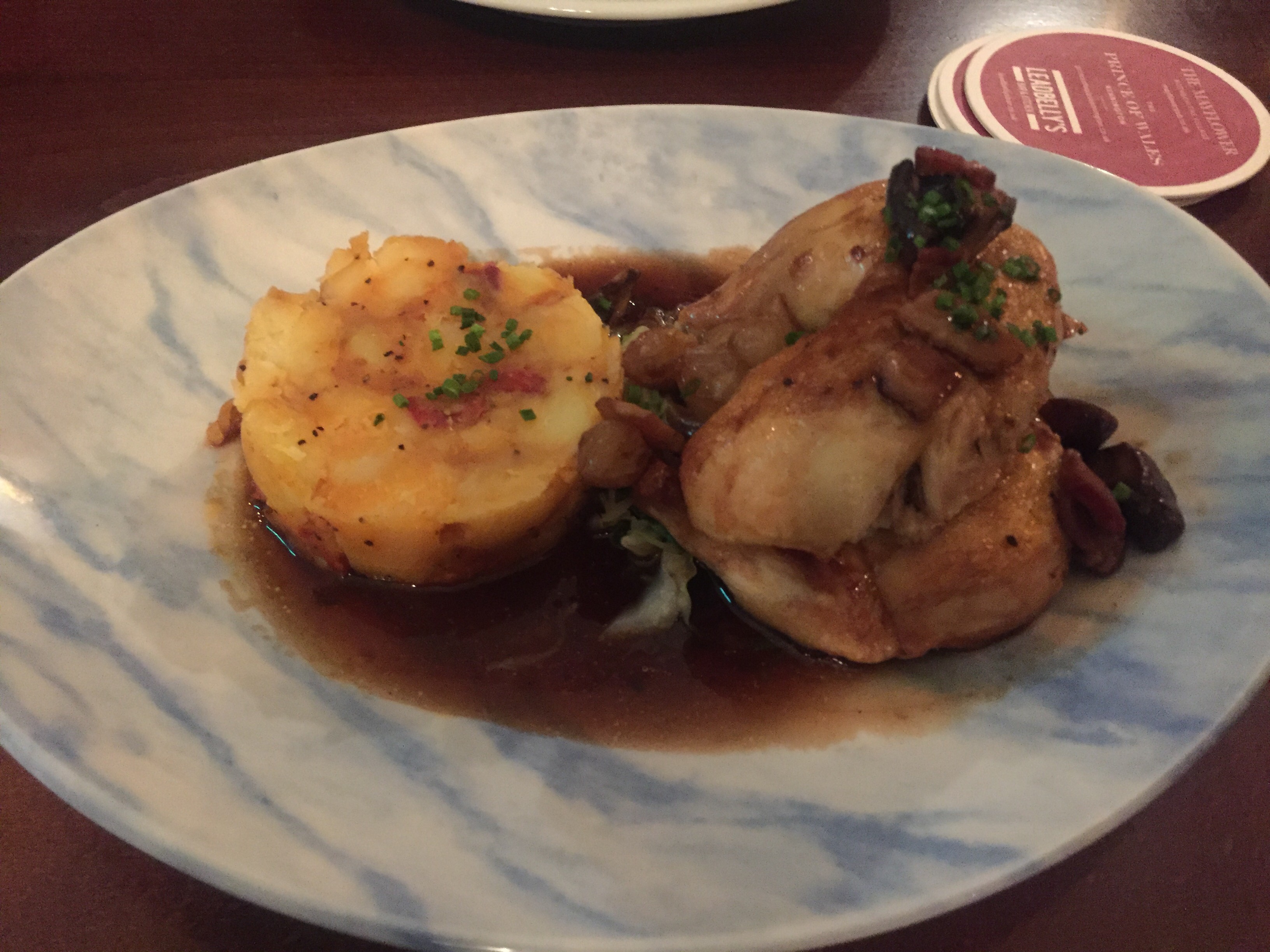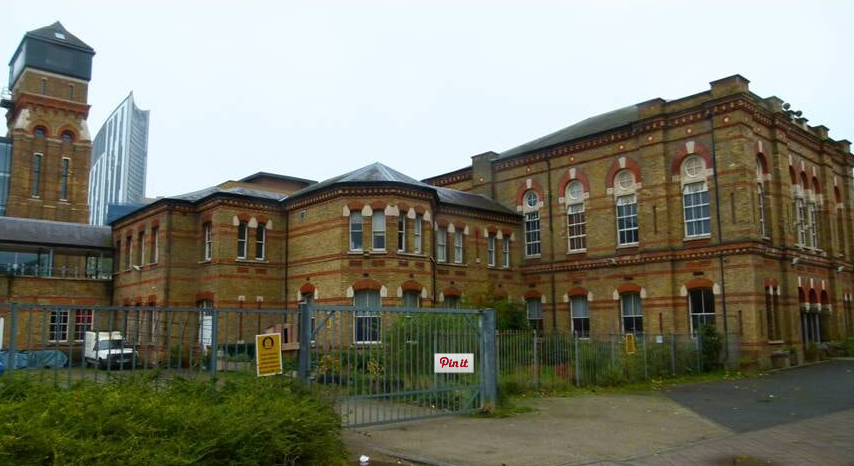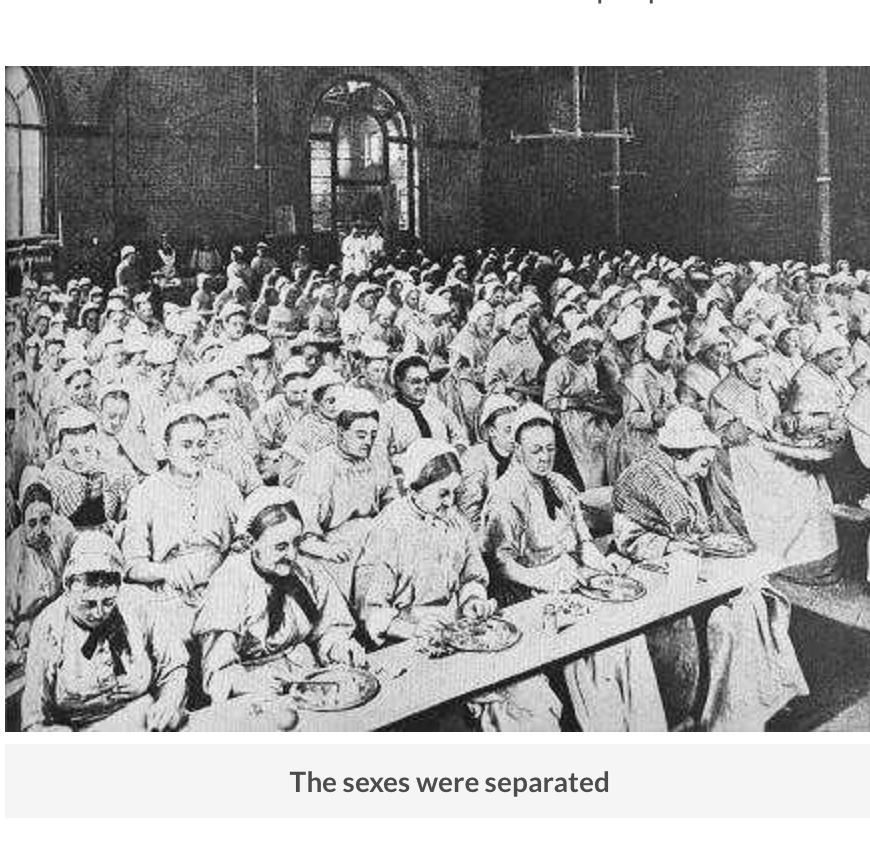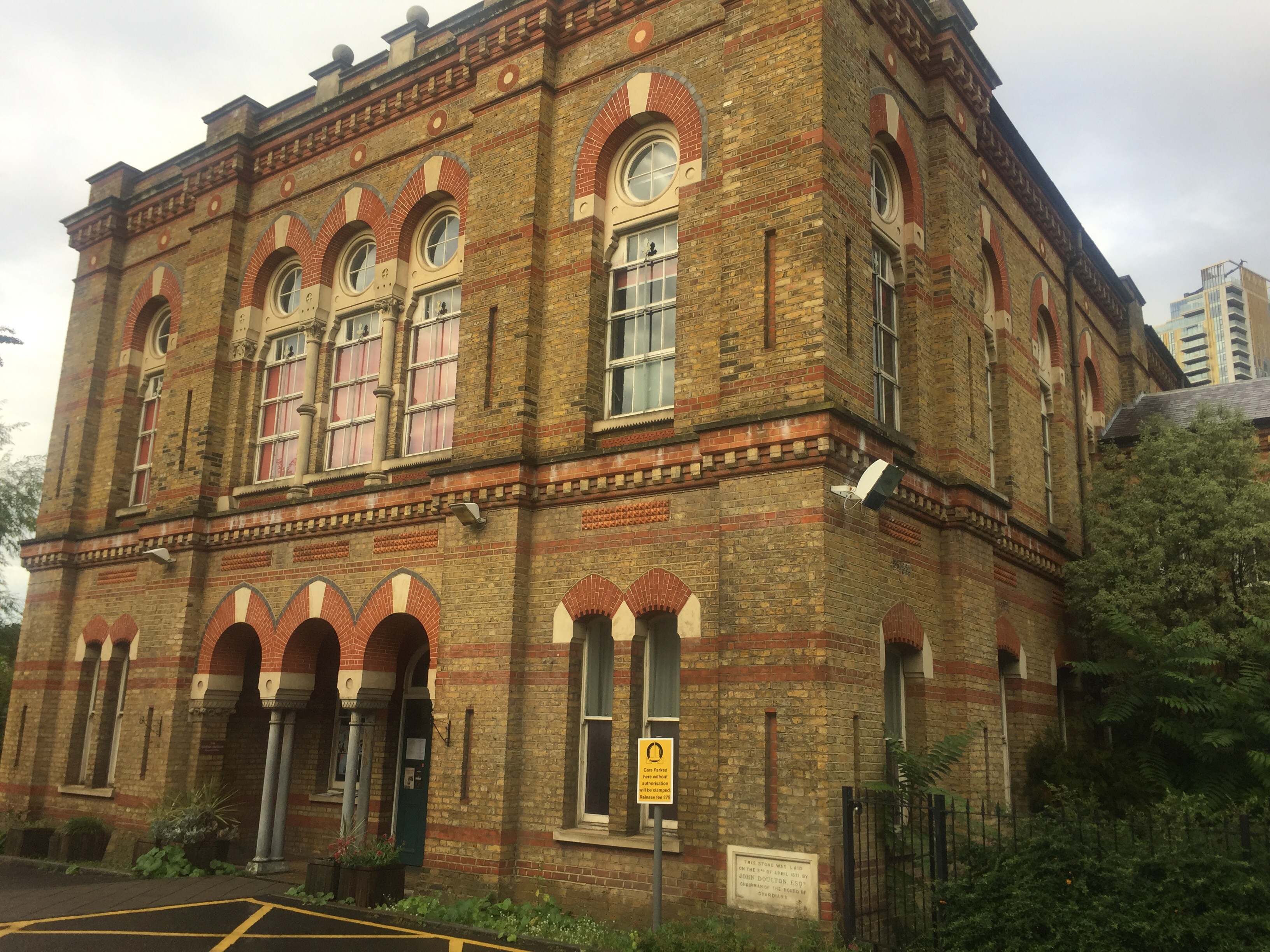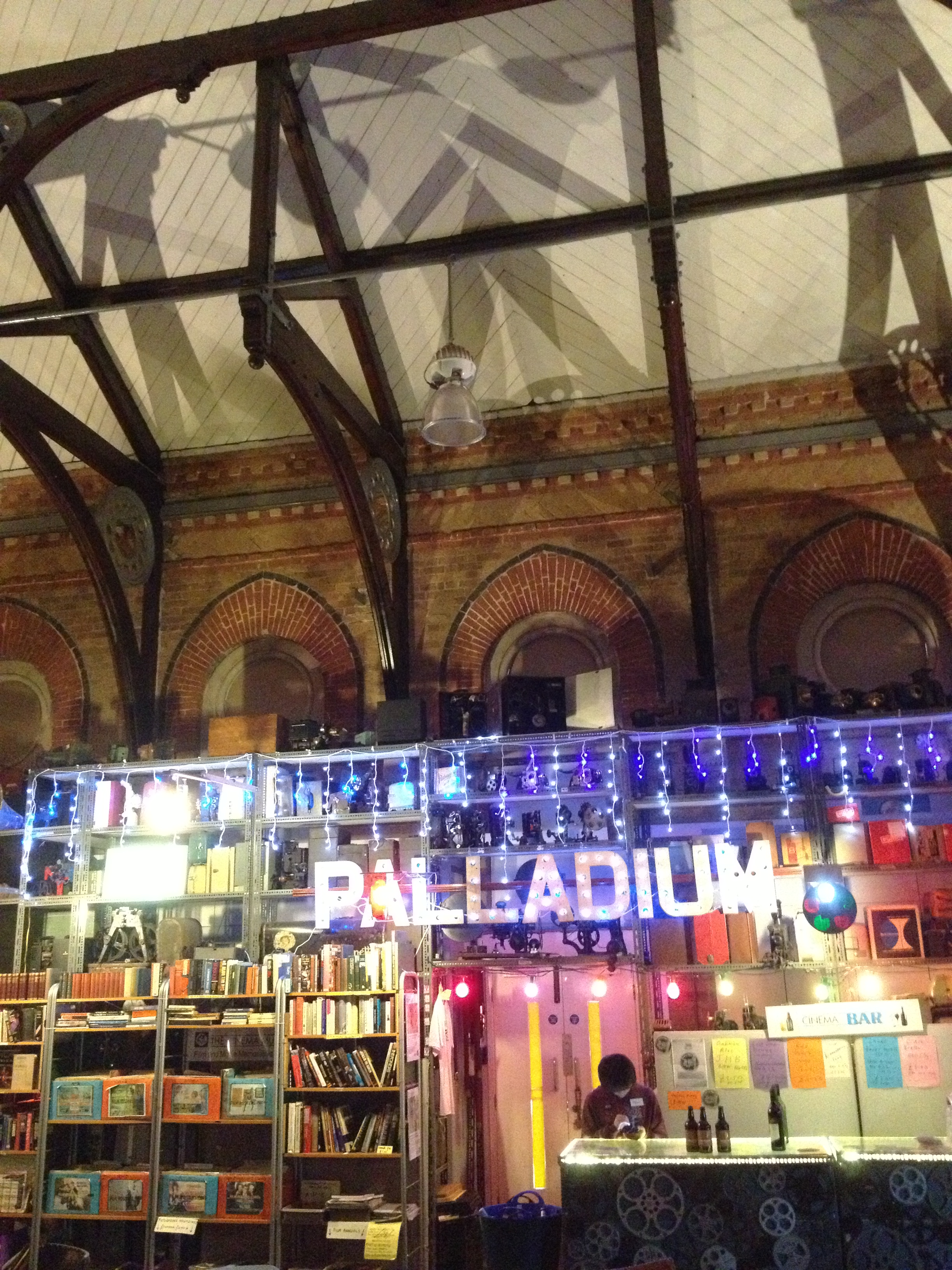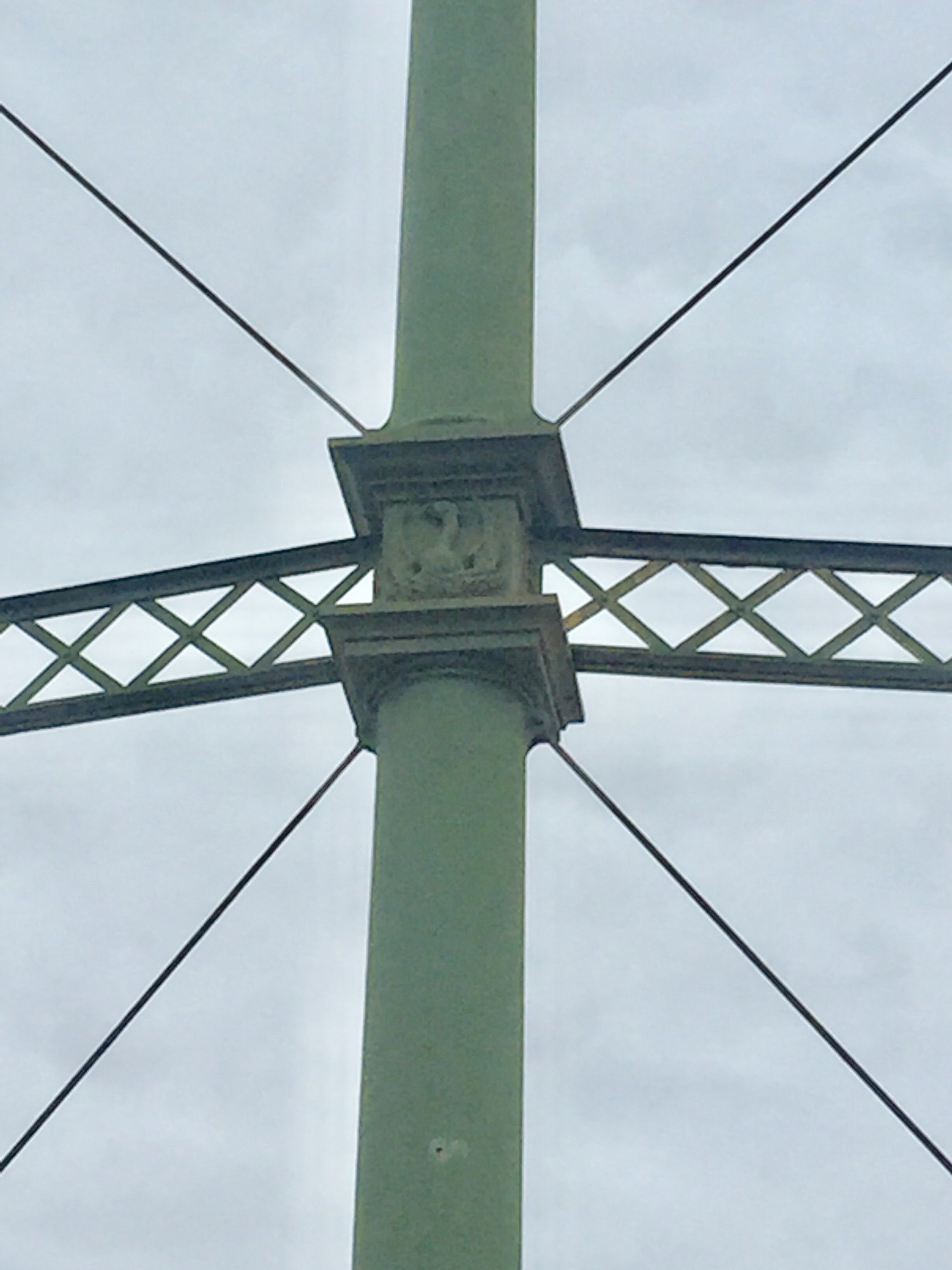Guess what, Greater Kennington? You’re about to be the proud parents of another high rise! Yep, the Apple Green petrol station (and home to our favourite Greggs) in Kennington Lane has been sold to developers. Tonight we went along to their consultation to find out more.

First of all, the developers want us to know they want to ‘make maximum use of the site’, which is developer’s parlance for ‘lets build loads of luxury flats’. Apparently the building was going to be 62 metres but ‘we decided to be sympathetic to the scale of the local area’. That’s developer’s parlance of ‘Lambeth wouldn’t let us make it that big’. The building will have 15 floors and contain 116 units, and of these units 35% will be for affordable rents. That developer’s parlance for ‘Lambeth told us they couldn’t all cost two million quid’.

To their credit, they have stated that they will be using light green terracotta tiles and draw influence from Royal Doulton Ceramics, respecting local history. However, they also said that they will ‘be influenced by the Berkeley Homes development across the street (say what!). They’ve also said that the want to emphasize cycling, and this is how that conversation went:
DEVELOPERS – “Yes, we’re thinking that the retail until on the ground floor could be an independent cycle café concept shop”
RUNOFF – Yeah, or it could be a Poundland.
How they manage to contort 116 flats into a what is essentially a petrol station forecourt is certainly a daunting task. And if you want to behold the daunting task yourself, or if you want to lose your collective sh*t then you are in luck as they are having another consultation tomorrow (Saturday) from 12 – 4 at the Foundry, 17 Oval Way. The website for the development can be found here. Apparently they have a few more hurdles to pass with Lambeth, but construction could start by autumn of 2020.
In other matters, we just had wind of more high rises that just passed the planning stages that will be located on that no mans land of a vacant lot next to the Beafeater Gin distillery. When we go to the consultation we’ll fill you in.
